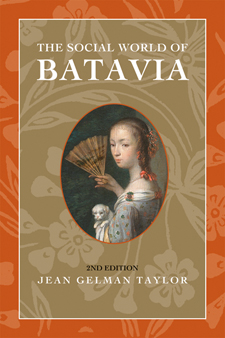Deep Roots and Tangled BranchesPosted in Anthropology, Articles, History, Media Archive, Slavery, United States on 2012-10-05 03:34Z by Steven |
Deep Roots and Tangled Branches
The Chronicle of Higher Education
2006-02-03
Troy Duster, Chancellor’s Professor of Sociology
University of California, Berkeley
Also Professor of Sociology and Director of the Institute for the History of the Production of Knowledge
New York University
People who know their biological parents and grandparents typically take the information for granted. Some have a difficult time empathizing with the passionate genealogical quests of adoptees and, increasingly, products of anonymous sperm banks and other new technologies where one or both genetic contributors are unknown. In recent years, new legislation has enabled people to search for information about genetic progenitors – even in cases where there had been a signed agreement of nondisclosure. The laserlike focus of that search can be as relentless as Ahab’s hunt for the white whale.
Mystery of lineage is the stuff of great literature. Mark Twain made use of it for biting social commentary in his Pudd’nhead Wilson, a story about the mix-up of babies born to a slave and a free person. Sophocles, Shakespeare, Molière, and Dickens built grand tragedy and enduring comedy on the theme. In England in 2002, a white Englishwoman gave birth to mixed-race twins after a mix-up at an in vitro fertilization clinic. Imagine what Shakespeare would have done with that!
If one person’s passions can be so riled by such a puzzle, imagine the emotions involved when the uncertainty applies to a whole group – say, of 12 million people. The middle passage did just that to Americans of recent African descent. Names were obliterated from record books, and slaves were typically anointed with a new single first name. Sometimes no names were recorded, just the slaves’ numbers, ages, and genders. Some African-Americans have deliberately and actively participated in the erasure, showing no desire to pursue a genealogical trail. For others, fragments of oral history generate a fierce longing to do the detective work.
That is the case among the prominent subjects featured in “African American Lives,” a two-night, four-part PBS series scheduled for February 1 and 8. The host and executive co-producer is Henry Louis Gates Jr., chairman of the department of African and African-American studies at Harvard. Gates has assembled eight notably successful African-Americans, among them the media entrepreneur Oprah Winfrey, the legendary music producer Quincy Jones, and the film star Whoopi Goldberg. Each participant, along with Gates, is the subject of some serious professional family-tree tracing. There are surprises for each of them, and the series has undeniable human-interest appeal…
Read the entire article here.



